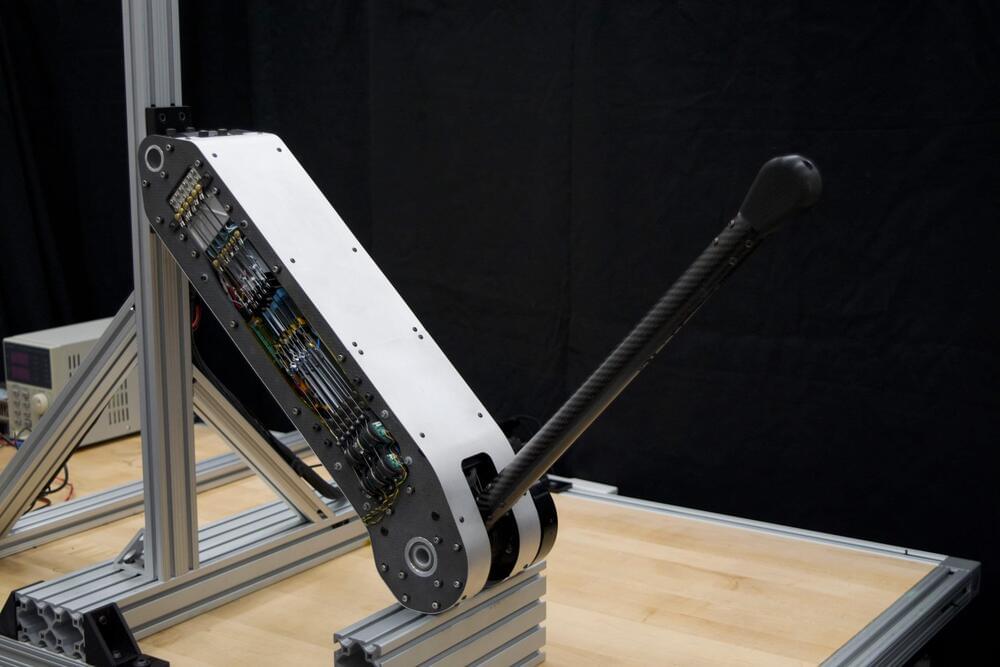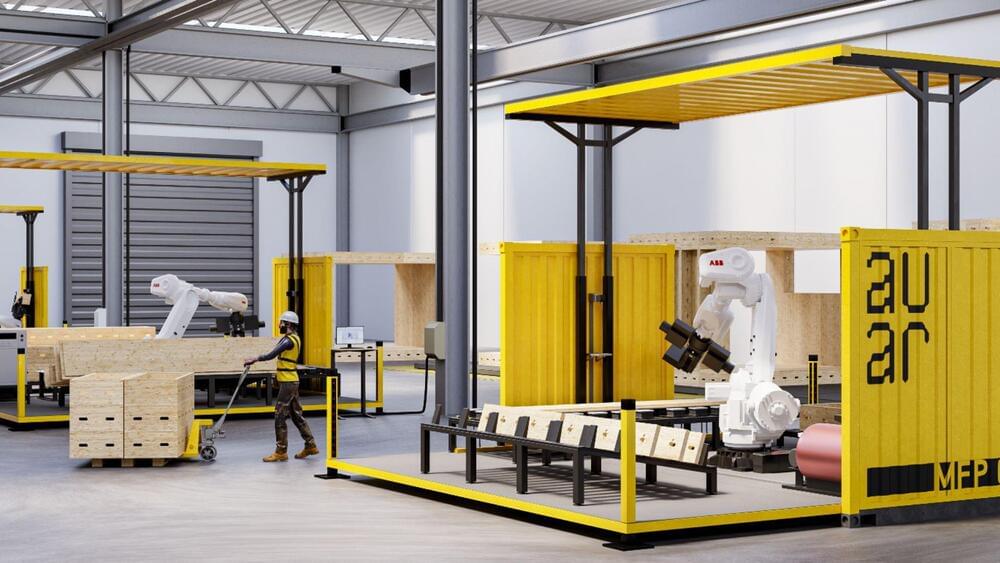Mar 23, 2024
Nvidia Announces AI-Powered “Agents” to Replace Nurses in Hospitals
Posted by Shubham Ghosh Roy in categories: biotech/medical, health, robotics/AI
Because we live in a dystopian healthcare hell, AI chip manufacturer Nvidia has announced a partnership with an AI venture called Hippocratic AI to replace nurses with freaky AI “agents.”
These phony nursing robots cost hospitals and other health providers $9 an hour, a fee that barely falls above the US minimum hourly wage, and far below the average hourly wage for registered nurses (RNs.)
Continue reading “Nvidia Announces AI-Powered ‘Agents’ to Replace Nurses in Hospitals” »

















